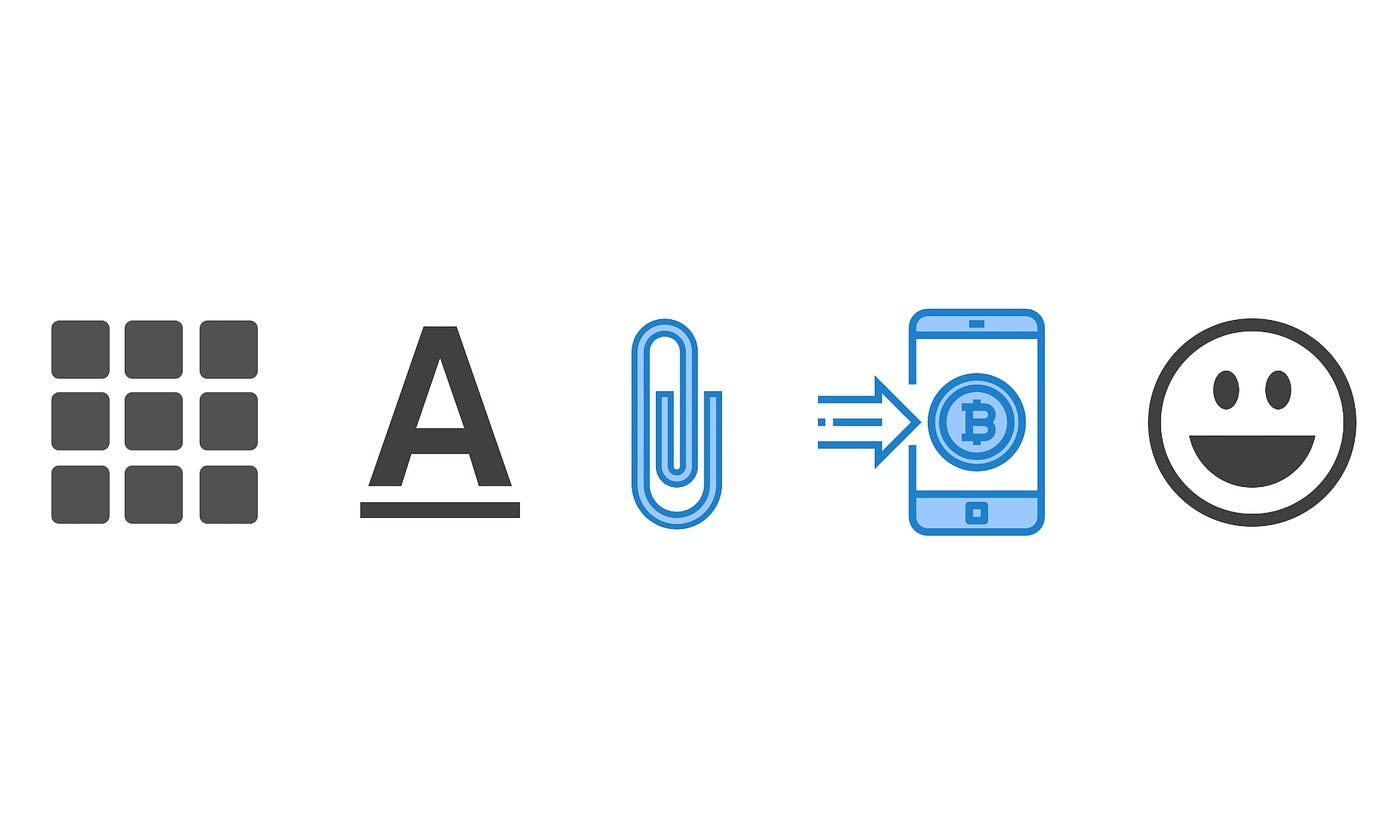Home>Finance>Augmented Product: Definition, How It Works, And Examples


Finance
Augmented Product: Definition, How It Works, And Examples
Published: October 10, 2023
Learn what augmented product is, how it works in the world of finance, and discover examples of its application. Gain a deeper understanding of this innovative concept.
(Many of the links in this article redirect to a specific reviewed product. Your purchase of these products through affiliate links helps to generate commission for LiveWell, at no extra cost. Learn more)
Augmented Product: Definition, How It Works, and Examples
Welcome to the FINANCE category of our blog! In this post, we’ll explore the fascinating world of augmented products. What exactly is an augmented product, how does it work, and what are some examples? We’ll answer all of these questions and more, so let’s dive right in!
Key Takeaways:
- An augmented product refers to a product that goes beyond its core physical attributes and offers additional value to customers.
- Augmentation can be achieved through added features, services, or intangible benefits, enhancing the user experience and differentiating the product from competitors.
What is an Augmented Product?
An augmented product is a term commonly used in marketing and product development to describe a product that goes beyond its core physical attributes. It refers to the additional value or enhancements that a product offers to customers, beyond its basic functionality. Augmentation can come in various forms, such as added features, services, or intangible benefits, all of which enrich the user experience.
Think of an augmented product as the next level of a basic product. While a basic product serves its primary purpose, an augmented product takes it a step further by providing extra value and differentiation. This can help businesses stand out in competitive markets and create a stronger emotional connection with customers.
How Does an Augmented Product Work?
In order to create an augmented product, businesses need to identify the needs and desires of their target audience, and then find innovative ways to exceed those expectations. By leveraging technology, services, or even intangible benefits, companies can augment their products and offer a unique value proposition.
Here’s a closer look at how an augmented product works:
- Identify customer needs: Understanding your target market and their pain points is crucial. Conduct market research, analyze customer feedback, and identify areas where your product can be enhanced.
- Add extra features: Determine which features or services can be added to your product to improve its overall value. This could include advanced functionalities, extended warranties, or personalized customer support.
- Create a seamless experience: The augmented features should seamlessly integrate with the core product, enhancing the user experience without causing confusion or frustration.
- Differentiate from competitors: Augmented products provide a competitive advantage by offering unique benefits. Highlighting these differentiators in your marketing efforts can attract new customers and retain existing ones.
Examples of Augmented Products
Now that we understand the concept of augmented products, let’s explore a few examples to further illustrate the idea:
- Smartphones: In addition to their basic functionality as communication devices, smartphones offer a wide range of augmented features. These can include high-resolution cameras, fingerprint scanners, virtual assistants, and various productivity apps.
- Fitness Trackers: Tracking steps and monitoring heart rate are the core functions of fitness trackers. However, many devices now offer additional features such as sleep tracking, GPS integration, and personalized coaching, augmenting the overall fitness experience.
- Streaming Services: While the core function of streaming services is to provide on-demand entertainment, many platforms differentiate themselves by offering augmented features. This can include personalized recommendations, curated playlists, and exclusive content, creating a more engaging and personalized experience for users.
These are just a few examples of augmented products in the market today. The possibilities for augmentation are endless, limited only by the imagination and creativity of businesses.
Summary
Augmented products offer a way for businesses to provide additional value to customers beyond the core functionality of their products. By adding extra features, services, or intangible benefits, companies can differentiate themselves in competitive markets and create a stronger connection with their target audience.
Key takeaways from this post include:
- An augmented product enhances the user experience by going beyond the core attributes of a basic product.
- Augmentation can be achieved through added features, services, or intangible benefits.
We hope this article has shed some light on the concept of augmented products and inspired you to think outside the box when it comes to product development. By understanding and harnessing the power of augmentation, businesses can truly elevate their offerings and cater to the evolving needs and desires of their customers.














